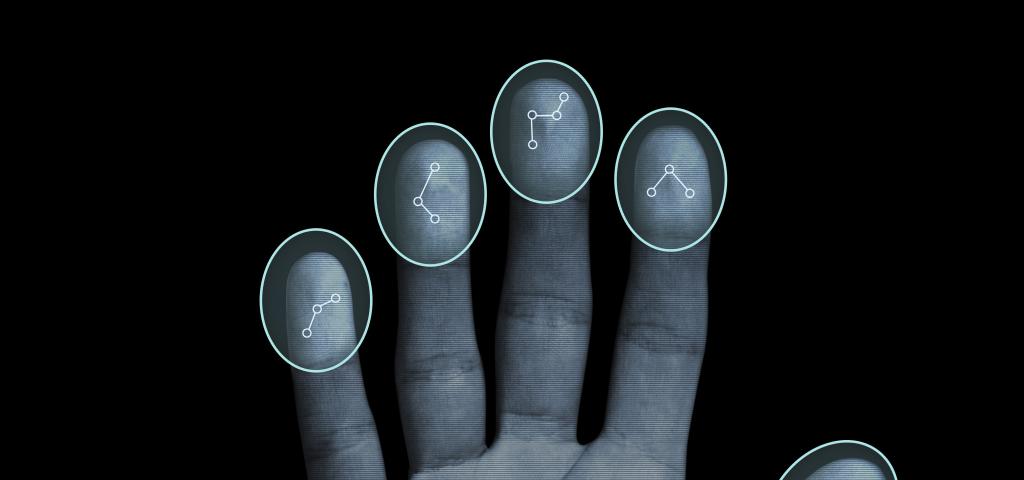
Is the Internet our best metaphor for the IoT?

Last week Dave Evans (@DaveTheFuturist) tweeted about a search engine for the Internet of Things called Thingful. In the interview that Dave referenced, there’s discussion of how to build a search engine for connected devices at scale, and whether or not crawling is the right model to apply to the findability challenges and opportunities of the emerging IoT.
That same day he also tweeted about work done by an engineer at Stanford, who has invented a safe way to transfer energy to medical chips in the body. These so-called “embeddables” go one step beyond wearables — small, connected computers that can be worn as implants.
Taking both of these concepts to their optimistic conclusions, one can easily imagine an Internet of Things consisting of billions of connected devices –millions of which happen to be connected to people– that can be searched on any number of parameters or states.
The commercial implications of this IoT future scenario are profound. If there’s a search engine for things, that can interact with devices that happen to be connected to people, will those things and/or individuals be able to or need to optimize themselves for findability?
The security and privacy implications of this scenario are equally profound, and the available options for how society will navigate this technology transition should sound familiar: regulation, education, and corporations. As retailers look to transition to transactions without cashiers (National Retail Federation via Atlantic Monthly), the technology enabling the transition will likely to move from devices we carry, to devices we wear, and ultimately to embeddables. Last year’s customer data breach at Target suggests that our privacy and security approaches will have mixed results as we tackle the challenges of having pervasive, persistent, and privileged data residing on individuals who happen to be connected.
With commercial vendors moving on from establishing the IoT category and on to promoting specific business benefits, with IoT proof of concepts proliferating, and with the frameworks and infrastructure required to deliver IoT capabilities becoming more readily available, we’ll find ourselves applying the familiar metaphors of the current internet age to an increasingly real IoT.
Would you jailbreak the software on a device that was, well, part of you?